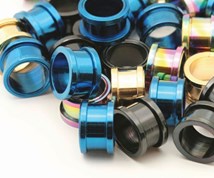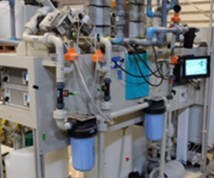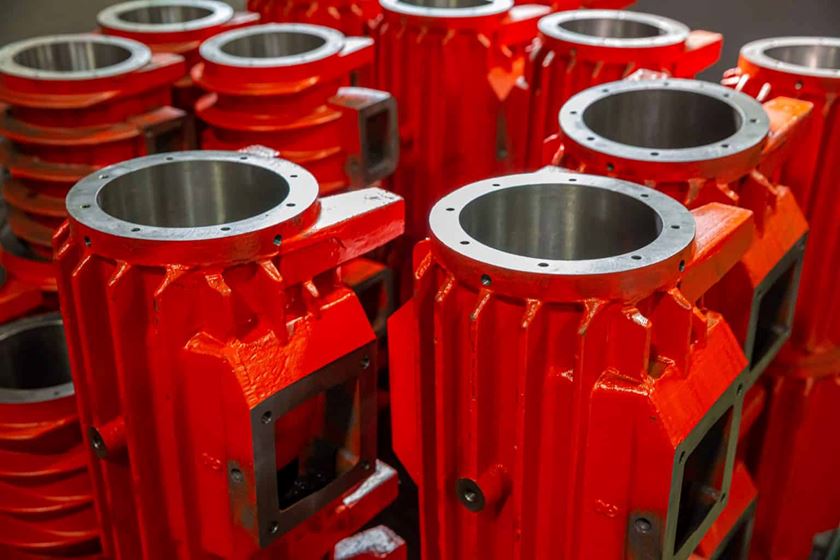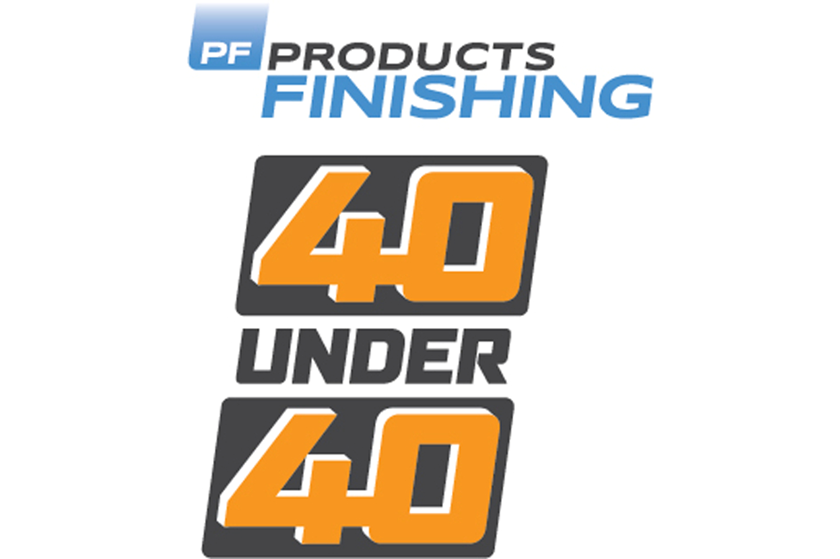Pitted and Rough Nickel Plate
How can I remove roughness and pitting in my Watts nickel plating bath?
Q. How can I remove roughness and pitting in my Watts nickel plating bath? G.U.
A. Here are a number of causes and cures:
Featured Content
PITTING
Possible Cause | Possible Cures |
Interrupted current | Check all electrical contacts. |
Incorrect anti-pitting agent concentration | Check the surface tension of the bath and add anti-pitting agent as needed. |
High iron concentration | Recommended iron concentration limit is 10 ppm or less. Iron can be removed by dummying the bath or raising the ph with nickel carbonate, adding peroxide and filtering. Be sure to adjust pH after treatment. |
Low boric acid concentration | Check concentration and replenish if low. |
Organic impurities | Peroxide treatment followed by activated carbon and filtration. More than likely your anti-pitting agent will have to be restored to the recommended concentration. |
Suspended particulate matter | Filter the plating solution. Check anode bags for tears. Check for tank drops (parts at the bottom of the tank). |
Low pH | Tear-shaped pit indicates excess gassing, which is caused by pH less than 2. |
ROUGH PLATING
Possible Cause | Possible Cure |
Suspended particulate matter | Filter the plating solution. Check anode bags for tears. Check for tank drops (parts at the bottom of the tank). |
Too-high current density | Adjust current density and check with Hull cell. |
Low boric acid concentration | Check concentration and replenish if low. |
Low chloride concentration | Check concentration and correct if low. |
High pH | Check and adjust using sulfuric acid. |
A plating bath is not a self-contained entity. It has to be tested and maintained on a regular basis. This means you can’t run the bath indefinitely and then ex-pect a silver-bullet solution to problems that arise in the bath. At the very least, pH should be measured every day. Chemical concentrations should be measured once a week or more often, depending on the volume of plating being run through the bath.
RELATED CONTENT
-
Aluminum Anodizing
Types of anodizing, processes, equipment selection and tank construction.
-
Choosing and Troubleshooting Copper Electroplating Processes
Learn more on this inexpensive and highly efficient process.
-
Cleaning, Pretreatment to Meet Medical Specs ISO 13485 or FDA 21 CFR820
Maximilian Kessler from SurTec explains new practices for industrial parts cleaning, metal pretreatment and decorative electroplating in the medical device industry.



















